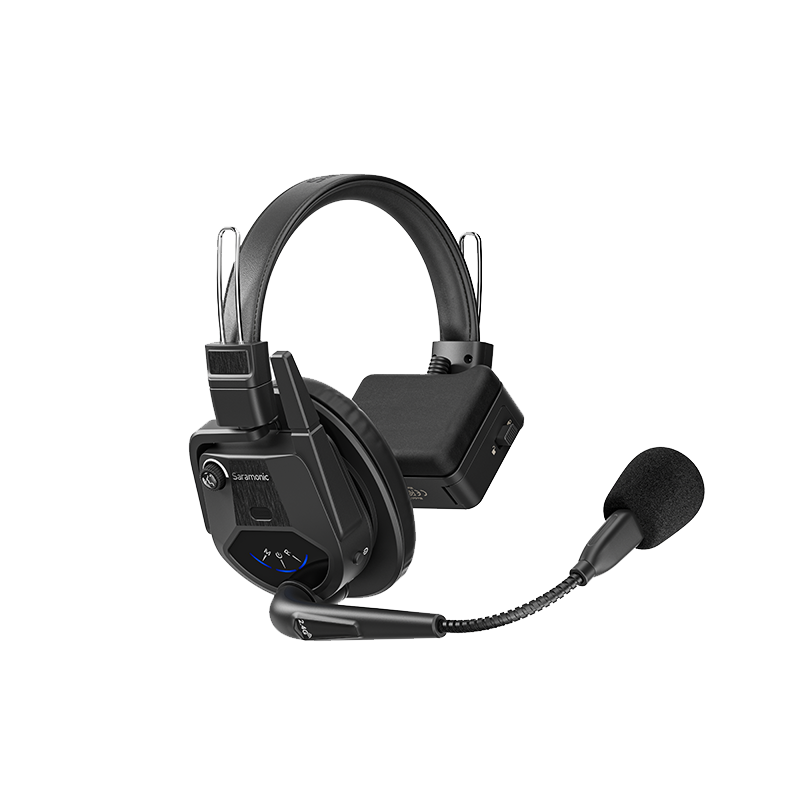The wireless intercom system has revolutionized communication in various industries, from film production to corporate environments. Understanding its evolution provides insight into how technology has transformed our ability to communicate effectively.

Understanding Wireless Intercom Systems
A wireless intercom system allows users to communicate without the constraints of physical wiring. This technology utilizes radio frequencies or Wi-Fi to transmit audio signals, making it ideal for dynamic environments where mobility is essential. But how did we transition from traditional wired systems to these advanced wireless solutions?
The Shift from Wired to Wireless
Initially, intercom systems relied heavily on wired connections. These systems, while reliable, posed several limitations:
- Installation complexity and costs
- Limited mobility for users
- Vulnerability to physical damage
As technology advanced, the demand for more flexible communication solutions grew. The introduction of wireless technology marked a significant turning point. Wireless intercom systems emerged, offering enhanced mobility and ease of use.
Key Features of Modern Wireless Intercom Systems
Today’s wireless intercom systems come equipped with a variety of features that enhance their functionality:
- Two-way Communication: Users can send and receive messages instantly.
- Range and Coverage: Modern systems can operate over extensive distances, making them suitable for large venues.
- Integration with Other Technologies: Many systems can connect with smartphones and other devices for seamless communication.
- Durability and Portability: Wireless intercom units are often designed to withstand harsh conditions, making them ideal for outdoor use.
Applications of Wireless Intercom Systems
The versatility of wireless intercom systems allows them to be utilized in various sectors:
- Film and Television: Crew members can communicate effectively on set, ensuring smooth operations.
- Corporate Environments: Facilitates communication between departments, enhancing productivity.
- Security: Security personnel can coordinate responses in real-time, improving safety measures.
Choosing the Right Wireless Intercom System
When selecting a wireless intercom system, consider the following factors:
- Range requirements
- Number of users
- Integration capabilities with existing systems
- Budget constraints
For a comprehensive overview of available options, visit .
Conclusion
The evolution of the wireless intercom system reflects broader trends in communication technology. As we continue to embrace wireless solutions, the potential for improved connectivity and efficiency remains limitless. Understanding these systems not only enhances our communication capabilities but also prepares us for future advancements in technology.








